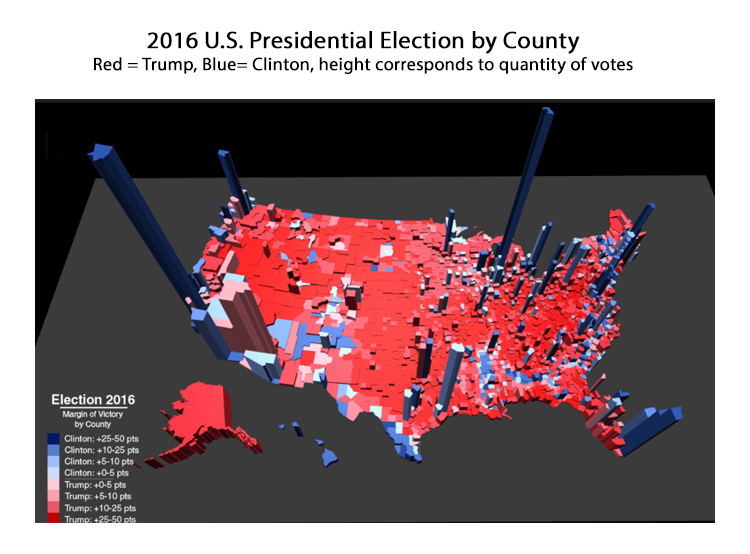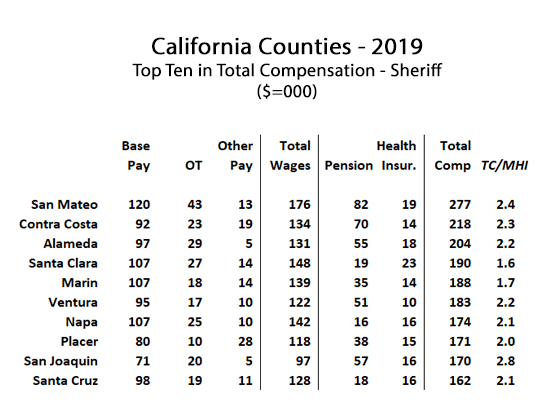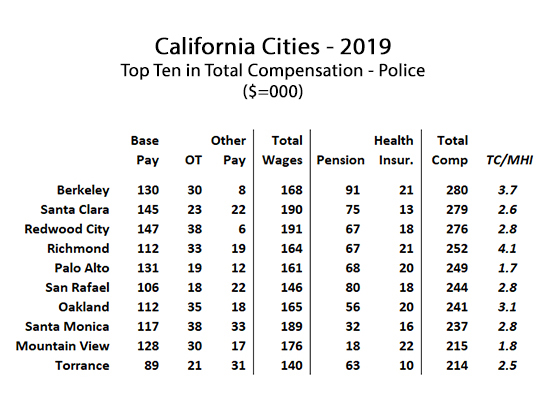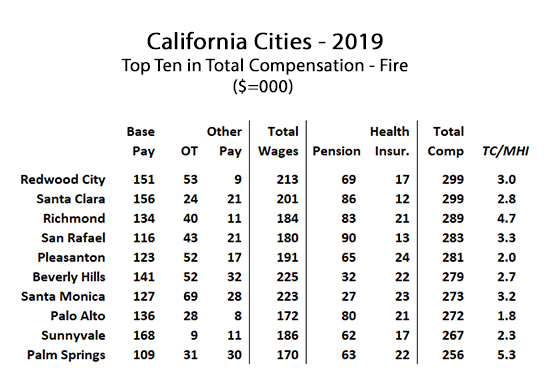America’s Cities – Bastions of Progressive Politics
In 2016 the American presidential election was not so much blue state versus red state as blue urban centers versus everywhere else. That pattern repeated itself this year, as voting results in the deep blue cities of Minneapolis, Milwaukee, Detroit, Philadelphia, and Atlanta spelled the difference between a Trump victory and a win for Biden.
Leave it to others to question the legitimacy of votes in these deep blue cities. Suffice to say it would insult the intelligence of any honest observer of politics to suggest no irregularities occurred, when, for example, you have a state with mail-in ballots, accepting them without postmarks or signature verification, and continuing to collect them until November 6 by a court order in Pennsylvania.
And within the sphere of media influencers and social media sleuths, for all those thousands who question such results, there are millions who do not. As one wag put it on Twitter, “there is no evidence of widespread journalism.”
Four years ago, the New York Times published a revealing graphic, reproduced below. It shows, in shades ranging from deep blue (Clinton) to deep red (Trump), how every county in the United States voted. The quantity of votes in each county corresponds to the height of that county in this 3D graph. Notice the dramatic disparity in demographic impact by county.
As this 3D map makes obvious, back in 2016 only a few cities became decisive factors in Clinton’s popular-vote victory—Seattle, Miami, New York City, and most prominently, Los Angeles and Chicago. In Los Angeles County, Clinton received 1,893,770 votes versus 620,285 for Trump. In Chicago’s Cook County, Clinton received 1,528,582 votes versus 440,213 for Trump. If either of these two counties—either one of them—were taken out of the equation, the popular vote would have been a toss-up.
This pattern repeats itself across the United States, and clearly there is a political and cultural schism today between America’s urban voters and rural voters. If a similar graphic is produced for the 2020 presidential election, it won’t look much different from this one. But what political forces are exploiting and exacerbating this schism? Why is the split between America’s urban voters and rural voters more dramatic than it’s ever been? If you want to answer this question from a historical perspective, look no further than the single most powerful special interest that has dominated nearly every major city in America for over a generation—public sector unions.
In Los Angeles, Chicago, Seattle, Minneapolis, Milwaukee, Detroit, Philadelphia, and hundreds of other major American cities, government unions have exercised near-absolute control over the political process. This extends not only to city councils but also to county boards of supervisors, school boards, and special districts ranging from transit systems to departments of water and power. Most government funding is spent at the local level. Most government jobs are at the local level. And the more local these jurisdictions get, the more likely it is that only the government unions have the money and the will to dominate elections.
In America’s cities, where the union agenda that controls public education trains Americans to be hyper-sensitive to any alleged infringements on their “identity,” big government is presented as the guardian of their futures and their freedoms. In America’s cities, where poor education combined with overregulation has resulted in a paucity of good jobs, welfare and entitlement programs are presented as the government’s answer. And the more poverty and social instability we have in America, the bigger government gets. When society loses, government unions win.
What Changed Between 2016 and 2020
For years, a precarious balance of power existed, even to some extent in these big cities, between the power of the public sector unions and the power of other corporate and monied special interests. But between 2016 and 2020 that balance of power was shattered. Several causes can be identified, many already well underway even in 2016.
First, corporations increasingly realized their profits and market share were boosted by embracing a leftist agenda. The leftist open-borders agenda allows labor-intensive companies to import low-wage, low-skill workers, and allows the knowledge-intensive companies in Silicon Valley to import low-wage, high-skill labor. The leftist preference for global citizenship over national allegiance allows multinational corporations to export jobs under a cloak of moral authority. The leftist agenda to micromanage the economy in order to address the “climate crisis” is a goldmine for corporations who want captive markets, and a weapon they can wield against smaller emerging competitors lacking the resources to comply with the overregulation.
As for woke politics of all kinds, corporations are indifferent. If spouting these mantras is all it takes for them to maintain their detente with the Left, they’re all in.
In all these areas, Donald Trump opposed the agenda shared by the Left and by corporate America. In a stunning inversion of reality, the people who want to dismantle American institutions joined with institutional America to convince voters Donald Trump was a menace. Almost overnight, the urban political machines, controlled by leftist government employee unions, saw their biggest enemies turned into allies.
There’s more, of course. In 2016, the rapidly consolidating Big Tech companies that controlled social media and search had not finished weaponizing their political bias into actual suppression of pro-Trump online discourse.
In 2016, Trump’s supporters made better use of what were still largely neutral platforms than Clinton’s supporters, which helped the Trump campaign. Between 2016 and 2020, two things happened: First, in a series of escalating waves of deplatforming, deboosting, demonetizing, search results manipulation, biased trending items and news feeds, and, late in the game, blatant censorship, the online momentum of the Trump campaign was decisively undermined.
Second, during the same period, the sheer financial power of the Big Tech monopolies, already almost unimaginably wealthy, increased even more. Four years ago, Amazon shares traded around $760. Today, they’re running more than $3,130 per share. Facebook shares in the last four years have more than doubled from $115 to $276 per share. Google? Up from $760 to $1,752. Twitter? More than tripling from $18 to $43.
Where there’s burgeoning wealth and unbridled political passion, there are donations to candidates. Not only donations from diehard leftist billionaires like Jack Dorsey or Jeff Bezos, but also from hundreds of employees of these companies who have themselves become multimillionaires. Collectively, according to Wired, more than 95 percent of their donations went to Joe Biden. As Vox crowed on October 30, “people who live in the nine counties considered to be in the San Francisco Bay Area gave 22 percent more to Democrats in 2020 than they did in 2016, a jump from about $163 million to $199 million.”
The Next Phase, Urban Anarchy, Has Already Begun
When you’re making so much money in salary and stock options that money is practically an abstraction, you may think you empathize with the consequences of rabid leftism—even if you really don’t. The big corporations and their extraordinarily privileged employees may beat their chests and proclaim their compassion, but the politicians and the policies they’ve supported have accomplished the exact opposite.
The obligations of compassion, unfortunately for the corporate Left and public sector unions, do not mean that anything ought to be tolerated. It is not compassionate to permit heroin and methamphetamine addicts to openly practice their habit, nor is it compassionate to tolerate theft and vandalism because those who engage in these activities may be disadvantaged or feel disenfranchised. And if the hordes of addicts and thieves and rioters who have created lawless enclaves in every major American city were turned loose in the gated suburbs of the leftist elites, who can doubt their compassion would be redirected within hours into more effective avenues?
As it is, however, the Democratic machine is methodically turning over larger and larger swaths of America’s cities to anarchy. The riots of the last six months which convulsed cities across America and look to be ongoing in Portland and Seattle, if not elsewhere, are only the most recent expressions of this anarchy. The out-of-control homeless populations in countless American cities, especially in California, are the true harbingers of anarchy in America.
In the name of compassion, Californians have legalized vagrancy and hard drug use, and effectively decriminalized petty theft up to $950 per day. They have also overregulated the construction industry, making it impossible to build housing without subsidies. In general they have overregulated all economic activity in the state, which has driven out small businesses and created the highest cost-of-living in America. The consequences for California’s cities are predictable: a homeless population of well over 150,000 people, with no effective legal means of separating the truly unfortunate from the criminals and predators. Law-abiding residents of these anarchic zones are terrified and besieged.
In Los Angeles, the 2020 election results indicate these problems will only get worse. George Gascón, a progressive backed by George Soros, has unseated incumbent Jackie Lacey to become the new Los Angeles County district attorney. That Los Angeles voters could choose a candidate who promises to increase and expedite policies that have created this mess is inexplicable, until you reflect on the power of rhetoric and money over cold reality.
This combination, compassionate rhetoric backed up by billions in political donations, remains the reason America’s cities, from Los Angeles to Philadelphia, are barely governable and set to get even more ungovernable.
Americans residing in blue cities vote for Democrats because unless the rioting or the homeless anarchy is on their street, or in their neighborhood, they don’t see it. The media doesn’t cover it, or if they do, they frame it so as to highlight the truly disadvantaged instead of the dangerous predators, and to emphasize the genuinely aggrieved instead of the opportunistic vandals and looters. The politicians know that business as usual enriches corrupt developers on the ground, while attracting almost limitless political donations from people too wealthy and too ideologically committed to support any solution that might be remotely construed as right-wing.
And as things go from bad to worse, in order to cope with the disorder, public sector unions demand more money and more members. For them, a breakdown in civil order is a business opportunity. Their interests are inherently in conflict with the public interest. And their new allies add strength to what was already quite strong enough.
There are choices politicians could offer voters and attorneys could argue in court: House the homeless in supervised tent encampments located in inexpensive parts of cities. Require sobriety and job training in exchange for further assistance. Lock up people who commit vandalism or physical assaults. Break up the social networks that have facilitated the extraordinary coordination of rioting, destruction of property, looting, and “peaceful protests.” Lower the threshold at which petty theft is decriminalized. Make public intoxication a crime punishable by jail time. Stop the scam of paying developers over a half-million dollars to construct a single apartment for one homeless person.
These commonsense solutions would solve the problem of anarchy and homelessness within a few months, without costing anything more than the policies currently being applied that are only making these problems worse. But they would have to be sold to voters who have finally had enough. Unfortunately, we’re still well short of seeing that happen.
This article originally appeared on the website American Greatness.
* * *

Edward Ring is a contributing editor and senior fellow with the California Policy Center, which he co-founded in 2013 and served as its first president. He is also a senior fellow with the Center for American Greatness, and a regular contributor to the California Globe. His work has appeared in the Los Angeles Times, the Wall Street Journal, the Economist, Forbes, and other media outlets.
To help support more content and policy analysis like this, please click here.












